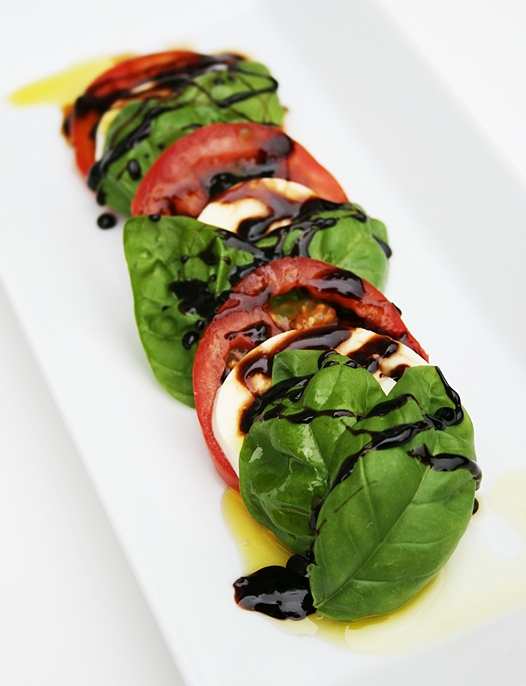I used some green plastic dixie cups and hot glued them to a piece of cardboard. I then placed them in disposable Renolds Wrap baking pan. If you try to make your own seed starter, make sure you get a disposable pan with a plastic lid so it simulates a greenhouse. I then made a soil mixture with some organic potting soil, nutrient rich seed starter soil, and organic fertilizer. I wet the soil before I spooned it into the cups (which turned out to be a mistake, explanation to come) and then planted the seeds about a 1/4 inch below the surface.

 I planted green beans, squash, zucchini, sunflower seeds, and arugula. The green beans (below) were the first to sprout so I replanted them in a larger pot. The cat is still the number one threat to my gardening activities. She guards the potted pepper like it contains the crowned jewels and she is clearly as unmovable as a Buckingham Palace guard. She's stone cold.
I planted green beans, squash, zucchini, sunflower seeds, and arugula. The green beans (below) were the first to sprout so I replanted them in a larger pot. The cat is still the number one threat to my gardening activities. She guards the potted pepper like it contains the crowned jewels and she is clearly as unmovable as a Buckingham Palace guard. She's stone cold.
 After the green beans sprouted, I planted them in the pepper pot so they could grow up the cage. Green beans are climbing plants and usually get pretty tall before they sprout actual beans. Quite pleased with my progress, I waited for the other seeds to sprout. However, this never happened. With the exception of one, either zucchini or squash seed, nothing else sprouted after almost two months. It's a real beaut!
After the green beans sprouted, I planted them in the pepper pot so they could grow up the cage. Green beans are climbing plants and usually get pretty tall before they sprout actual beans. Quite pleased with my progress, I waited for the other seeds to sprout. However, this never happened. With the exception of one, either zucchini or squash seed, nothing else sprouted after almost two months. It's a real beaut! This experience taught me two valuable lessons. 1) Always label what you've planted. I forgot this vital step and as a result don't even know if my baby is a zucchini or a squash. 2) Trying to understand why my other seeds wouldn't grow, I consulted my new favorite book, Growing Stuff: An Alternative Guide to Gardening which I acquired on a recent trip to West Palm Beach (on sale for a million % off). According to Elizabeth McCorquodale (introductory chapter, "Growing, Growing, Grown") , one of the book's contributors, "seedlings hate being soggy."
This experience taught me two valuable lessons. 1) Always label what you've planted. I forgot this vital step and as a result don't even know if my baby is a zucchini or a squash. 2) Trying to understand why my other seeds wouldn't grow, I consulted my new favorite book, Growing Stuff: An Alternative Guide to Gardening which I acquired on a recent trip to West Palm Beach (on sale for a million % off). According to Elizabeth McCorquodale (introductory chapter, "Growing, Growing, Grown") , one of the book's contributors, "seedlings hate being soggy."Recall that I wet my soil before planting my seeds? Additionally, I did not punch holes into the bottom of the dixie cups so the seeds were basically soaked from the second I planted them until I had to throw them out. Luckily, I had only planted a few as a test run and still had a lot of seeds left to work with. I removed the dixie cups from the equation, and just punched some holes into the bottom of the disposable baking container. I made the same soil mixture but kept it dry until after I'd planted my next round of seedlings. I planted green beans, squash, and arugula this time, and labeled everything! Now I'm just waiting to see what happens. My one surviving seedling, is being babied beyond belief. I worry that it doesn't get enough sunlight on the patio and learned that normal fluorescent lights 75-120 watts works best) work as an energy efficient, inexpensive alternative to grow lights. LED lights in blue or red are also really
beneficial but I'm not quite there yet.

Finally, the pepper plant and green beans finally met their end under the relentless paw of one, Mochi cat. I thought I had done enough to safeguard against this but the following cartoon says more than I care to on the subject. I had to throw out the pepper and green beans and have now equipped my pots with miniature wire fences.









